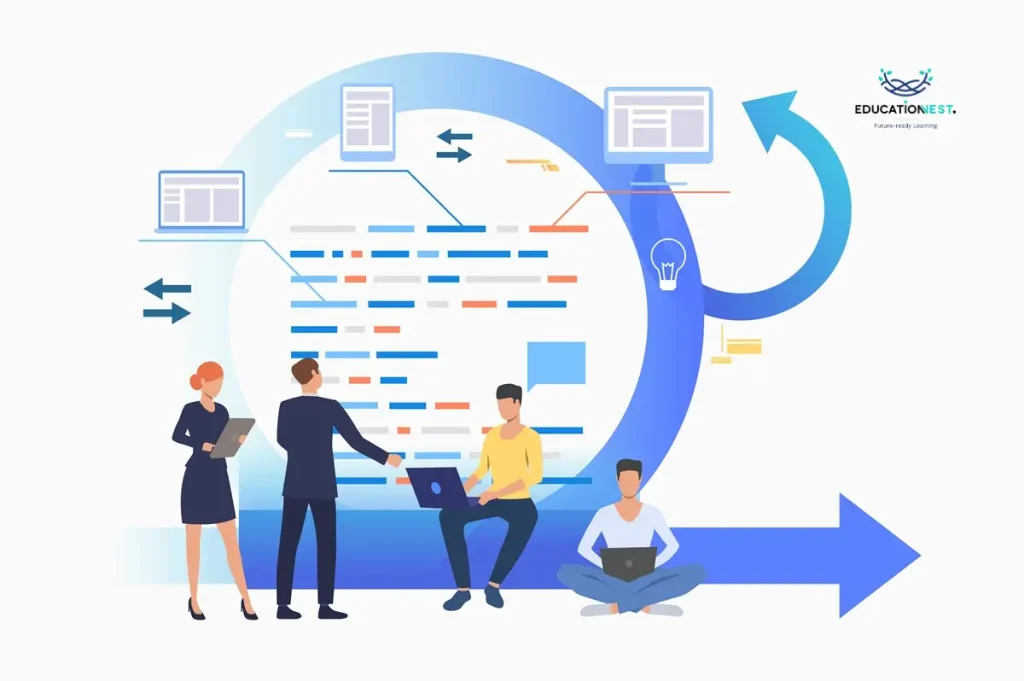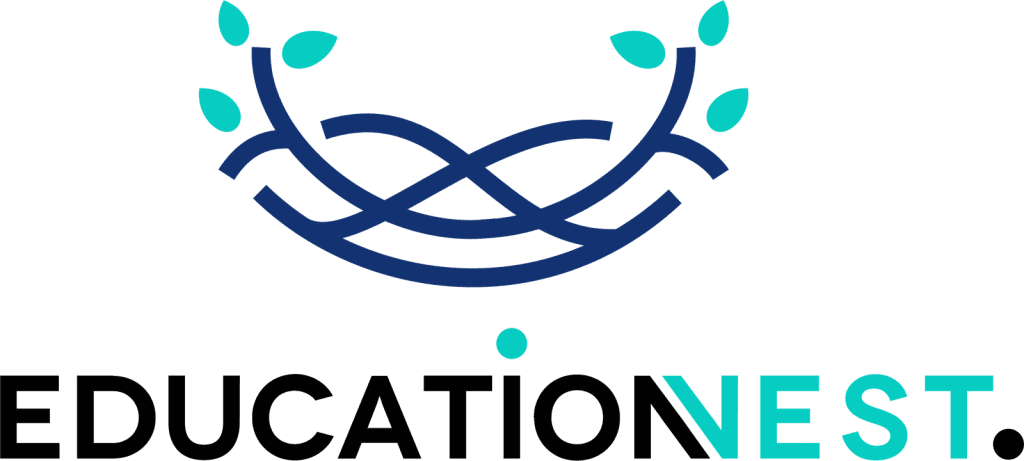Change is inevitable in any project. But how you manage it makes all the difference. It decides success vs. failure. To survive, businesses have no other option but to change. They have to adapt to evolving technology. They have to shift to meet market demands.
Some even go through internal restructuring. Without a solid strategy, even the most well-planned projects can face costly delays. This article talks about why change management is so crucial in project management. We also talk about the top change management strategies to guide your teams. Here are some of the change management models that top companies use today:
Lewin’s Change Management Model
Developed by German-American psychologist Kurt Lewin, it breaks change into 3 key stages. These are unfreeze, change, and refreeze. The first phase involves preparing for the shift. This is done by identifying the need for change and overcoming resistance. The second stage focuses on implementing the transformation. The final step ensures the new processes become ingrained and sustainable.
McKinsey’s 7-S Model
This change management model looks at 7 key areas that affect change. These are – strategy, structure, systems, shared values, style, staff, and skills. Instead of following steps, it helps organizations check how these factors influence each other.
Through this model, you can find weak spots that need improvement. It is particularly useful for large-scale transformations like mergers, restructuring, and culture shifts.
Kotter’s 8-Step Change Model
This is another top model that was developed by Harvard professor Dr. John P. Kotter. This model offers a structured approach to leading change. through 8 key steps:
- Create urgency – Show the team why the change is necessary
- Build a strong coalition – Form a leadership group to support the change
- Develop a clear vision – Set a clear goal for what the project aims to achieve
- Communicate the vision – Every member should understand the change
- Remove obstacles that can slow down progress
- Achieve quick wins to boost confidence
- Keep improving based on feedback
- Make the change part of the culture – Ensure the new way of working becomes permanent
This model is particularly helpful for projects that require team buy-in such as process improvements.
ADKAR Change Model
This is another top change management framework designed with a people-centric approach. It breaks change into 5 essential components: awareness, desire, knowledge, ability, and reinforcement. Rather than a linear sequence, ADKAR emphasizes the need for individuals to first recognize why change is necessary.
They should then commit to it, acquire the skills to implement it, and then sustain those improvements over time. ADKAR is particularly useful for project changes that impact individual work habits. This could be something like adopting new collaboration tools or process automation.
If you are looking for top corporate training in Noida, EducationNest is the best choice for training your project managers in-house. Their courses cover all these frameworks along with other important topics in PM. To help you in your training efforts, they bring you the best expert-led courses with customization options.

Read More
OKRs and KPIs in Project Management: Measuring What Matters
Top Trends and Innovations in Project Management for 2025
Bridges Transition Model
This model focuses on the emotional and psychological impact of change on project teams. Leaders should know how to manage changes in project by understanding these impacts on the team. They should know how to give feedback and keep the motivation going. This particular model divides the transition into three phases:
- Ending, losing, letting go – Team members must accept the old way is being replaced. Project managers should acknowledge concerns. They should provide clear communication on what is changing.
- The neutral zone – The transitional period where uncertainty is highest. This is where productivity may dip. Teams need to be kept engaged. They should get support and reassurance.
- The new beginning – Team members start accepting and working with the change. To reinforce success, the best step is to celebrate achievements. Ongoing feedback and improvements are the next best thing.
Kübler-Ross Change Curve
This change management strategy is inspired by the five stages of grief. This framework acknowledges the emotional journey people undergo when faced with change. The five stages include:
- Denial – Initial resistance or disbelief.
- Anger – Frustration with the disruption.
- Bargaining – Attempts to negotiate or delay change.
- Depression – Feelings of uncertainty or loss.
- Acceptance – Adjusting to and embracing the change.
Leaders must understand these emotional responses first. Then only can they provide better support to their teams. This will, in turn, ensure smoother transitions.
Satir Change Model
This model outlines five phases:
- Late Status Quo
- Resistance
- Chaos
- Integration
- New Status Quo.
The team initially operates within a familiar system. But when change is introduced, resistance emerges. This leads to a temporary phase of chaos. The productivity may decline as the team struggles to adjust.
As integration begins, the team will start to understand the benefits of the new approach. Once stability is reached, performance takes up again. This change management process in project management is useful for projects where some initial disruptions are expected.
PDCA (Plan-Do-Check-Act) Model
This model is also known as the Deming cycle. This is a top ‘continuous improvement framework’. This one supports iterative changes in projects. The ‘plan’ phase involves identifying problems and defining solutions.
The ‘do’ phase implements the change on a small scale. The ‘check’ phase evaluates the results and gathers feedback. Finally, in the ‘act’ phase, necessary adjustments are made before fully rolling out the change. This model is commonly used in Agile and Lean project management.
Conclusion
Projects often introduce new processes, tools, or structures. All these can cause clashes among team members. Without proper change management, teams may struggle with adaptation. There might be delays, inefficiencies, or even project failure. Managing change in a project can be tough.
However, using structured models can make the process easier. A comprehensive corporate project management training will teach you all these and more. In this blog, we discussed some of the most popular models that can help you guide change effectively.
EducationNest, being the top corporate training provider in Delhi, offers customizable training programs on digital marketing, cybersecurity, data analytics, soft skills, and many other important skills that corporate teams need to succeed.
